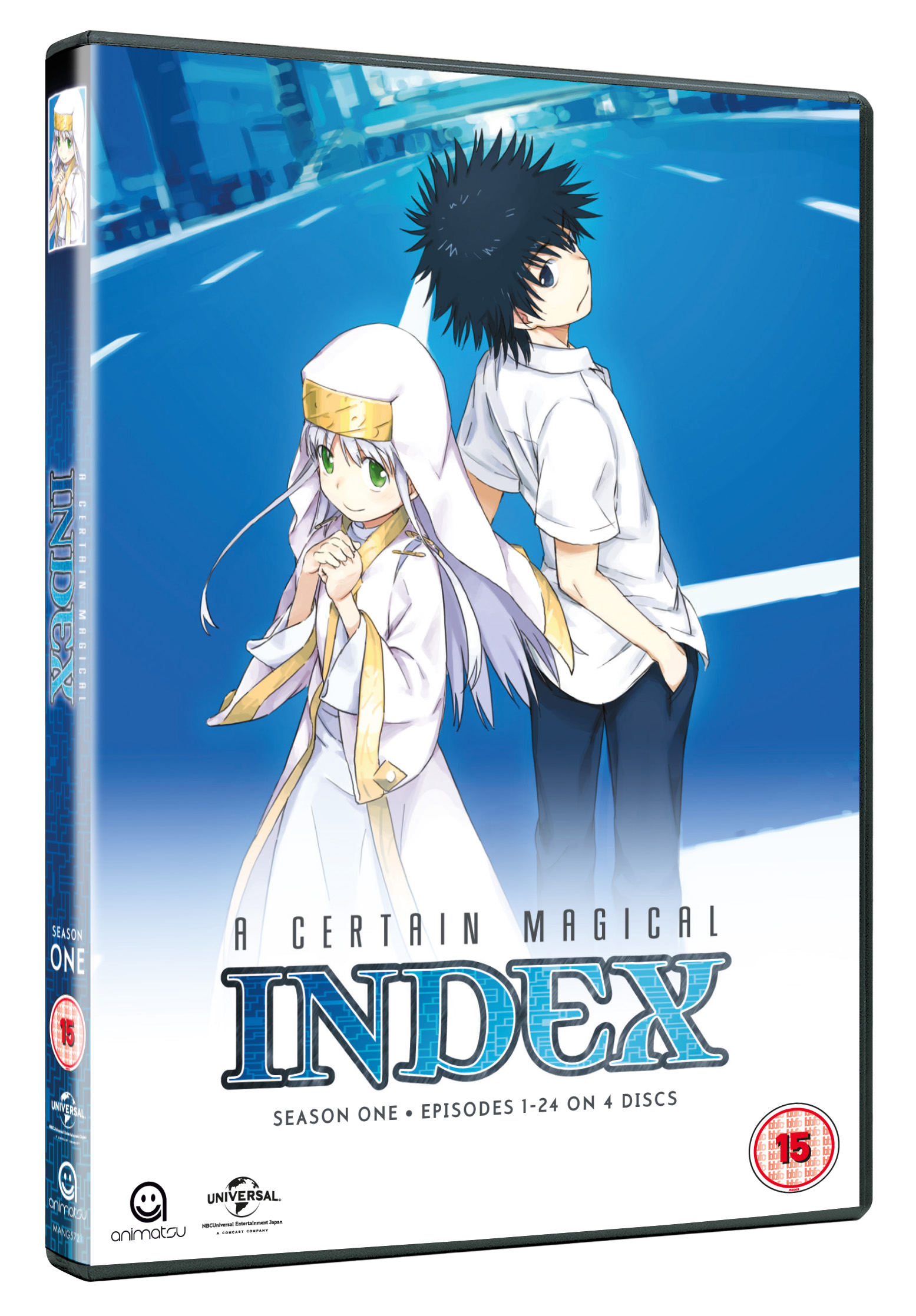


“You can look at investing in gold as a hedge against equities and bonds, however, keep it below 5% of your overall portfolio. But given the state of inflation, adding other asset classes may make sense. Ideally, a 60:40 portfolio is debt and equity-based. Liquid funds that offered 3.5% returns in the past few months now offer 4.7% and are expected to improve to 5.25%, and that should support your other debt investments," said Adhil Shetty, CEO, “Given the high-inflation, you may want to consider upping your equity investments for the long term.

While the 60:40 portfolio can be an ideal portfolio for some, one must customize it as per their income and goals For them, 80:20 or 90:10 equity portfolio would make more sense," said Shah. “Somebody who is young and has 10-15 years of investment horizon or more, can digest volatility. On the other hand, a conservative portfolio should have 80% of the allocation in fixed income and the rest 20% in equity. This isn’t a magic bullet or formula that everybody should follow," said Amol Joshi, founder of Plan Rupee Investment Services.Īccording to experts, an Indian investor who is aggressive can look at 80:20 or 90:10 portfolio, which is tilted towards equity. If you make broadly five buckets, one bucket will obviously will have 60:40 allocation, which will fit 20% of the people. “For example, if an investor is 35 years old and has 20-25 years of investment life left, it would make very little sense to invest in a 60:40 formula. The key aspects of building a portfolio are understanding one’s risk appetite and the investment horizon.

The benefit is that rebalancing inside a hybrid fund does not attract exit load or tax, however, the disadvantage is that an investor won’t have a say over allocation to equity market segments.ĭirect investing or not, experts warn that 60:40 is not a magical formula that investors can blindly follow. If you’ve done a large, mid, small-cap split in equity, and are playing duration on the fixed income, you will easily be able to beat inflation,“ he said.Īn alternative to a 60:40 portfolio is investing in separate equity and debt funds or hybrid funds. “Rates will start topping out, so, duration as a play will look very interesting for the coming 2-3 years. Shah feels that interest rates will top out globally, provided China and Taiwan tension does not intensify. “Further, your debt side of the portfolio has to be largely on the side of taking duration risk." Kirtan Shah, founder and CEO, Credence Wealth Advisors, suggests splitting the equity allocation equally between large, mid and small-cap stocks. However, returns will also depend on the kind of asset allocation and papers you put in the portfolio. Given the high inflation scenario, a 60:40 portfolio is on route to give net negative returns this year for the first time since 2018 in India. Similarly, when rates go up, the NAV (net asset value) of debt MFs take a hit, depending on the duration of the papers," said Rishad Manekia, founder and managing director, Kairos Capital. And even though, in the long run, equities tend to beat inflation, in the short term, it does have an impact on the risk-free rate calculation. “Interest rates going up have reset equity valuations. Inflation has been going up steadily, and to combat it, global central banks have been on an interest rate hike spree.


 0 kommentar(er)
0 kommentar(er)
